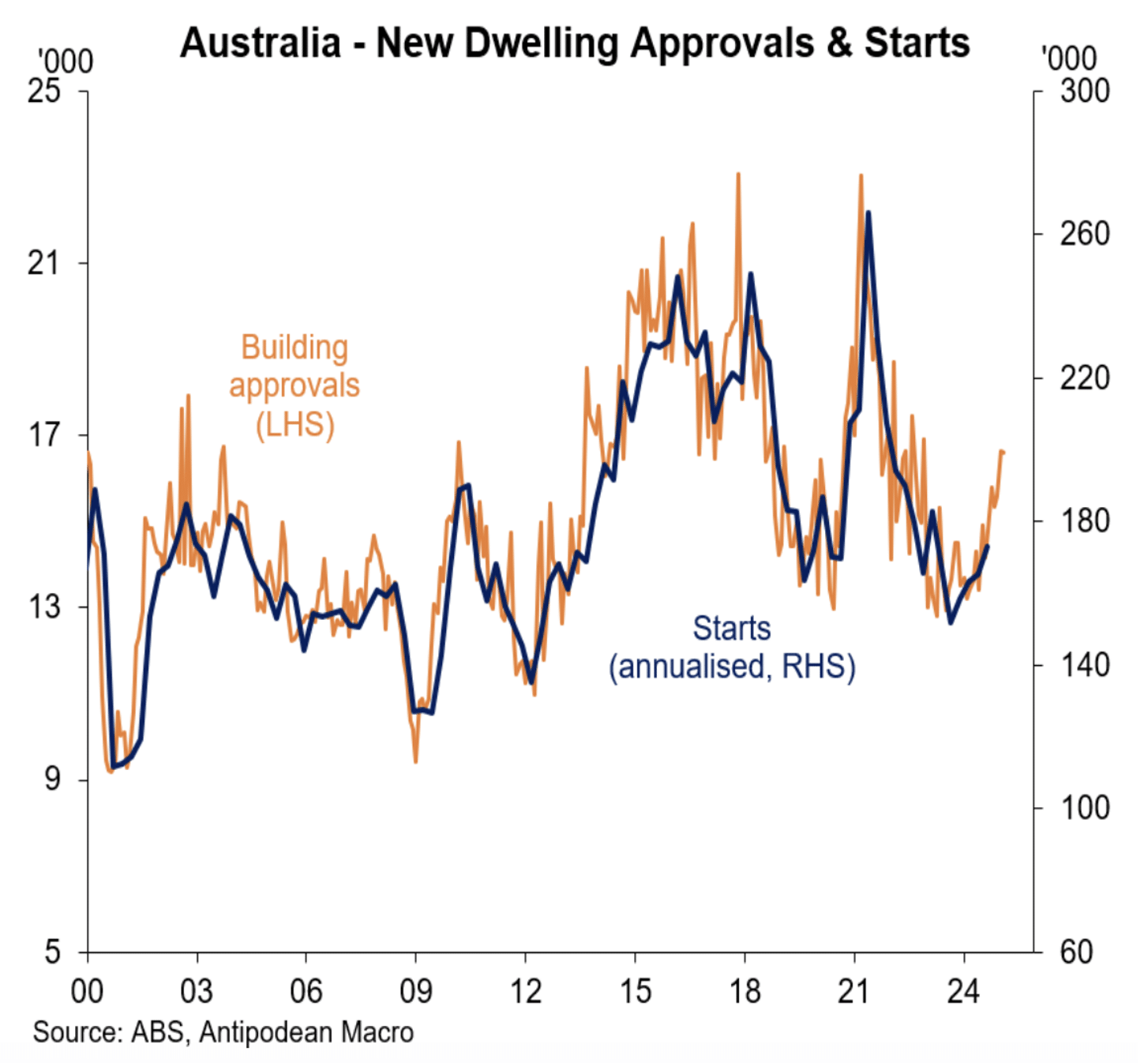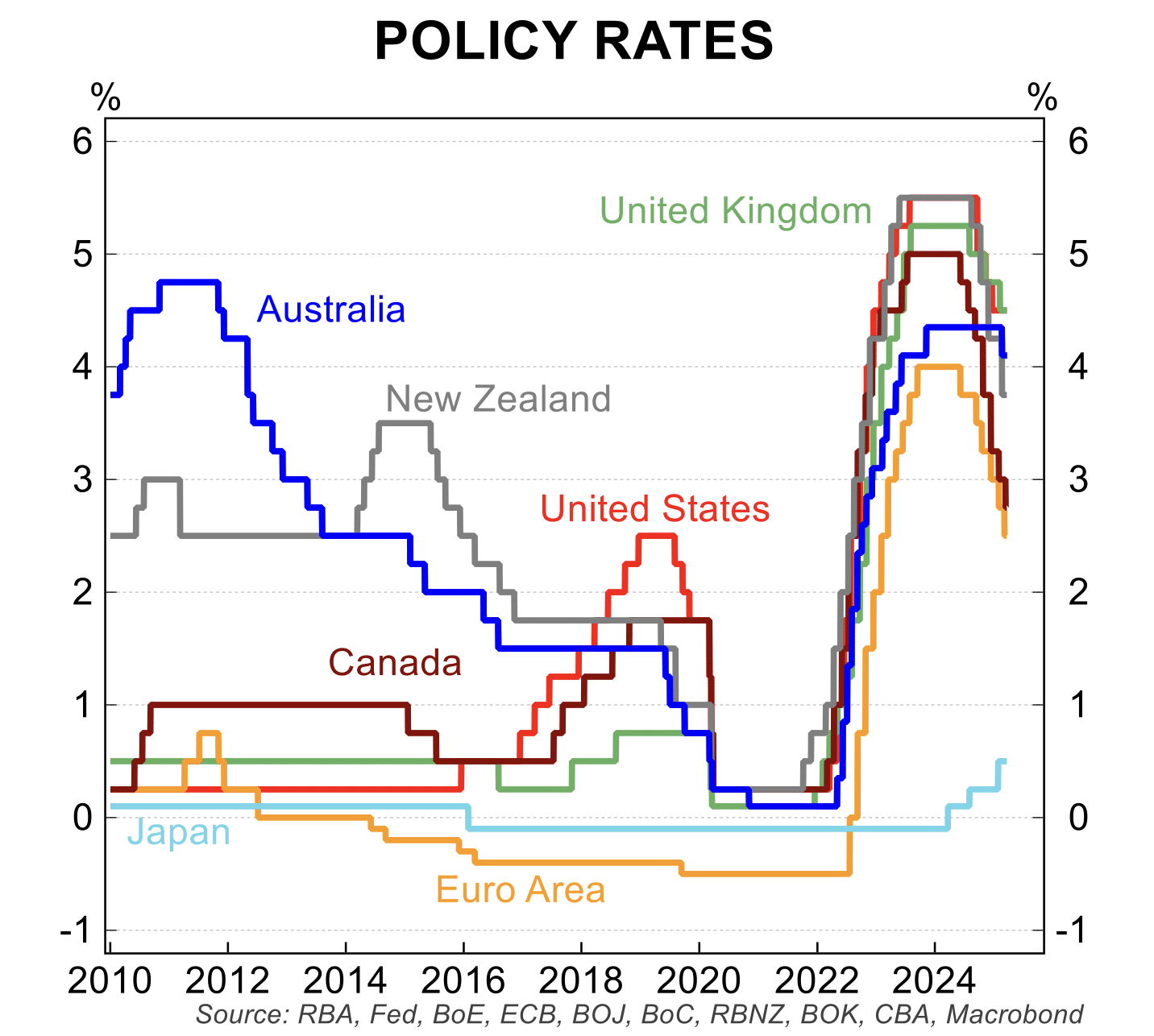Source: Stockhead
Date: 23 April 2025

• Investors seek income and stability as markets turn volatile
• Private credit has become a preferred alternative as investors seek stability
• Zagga’s conservative lending is backed by first-mortgaged Aussie real estate
Special Report: With market volatility on the rise, investors are increasingly prioritising steady returns and capital preservation. Zagga’s conservative real-estate backed lending aims to offer exactly that.
With equity markets on edge and volatility making a comeback, investors are once again gravitating toward the fundamentals: income, capital preservation and diversification.
Many are now thinking about rebalancing traditional stocks and bonds into alternative strategies that can offer more stability and, crucially, less correlation with the markets.
One asset class quietly gaining momentum amid the noise is private credit – particularly real estate-backed private credit – a space offering potentially steady income without the daily twists and turns.
But as capital pours into the sector and headlines follow, it’s becoming increasingly clear: not all private credit strategies are built the same.
Zagga, a boutique Australian investment manager established in 2016, has spent nearly a decade showing that a disciplined, risk-management-focused approach still holds its value in an evolving market landscape.

As markets zig, Zagga delivers stability for investors. Image: Getty.
A ‘zero loss’ record and residential focus
The firm has originated over $2.5 billion in private credit loans, returned more than $1 billion to investors, and maintained a clean record – zero loss (yes, zero) of principal or interest for its investors.
It specialises in first mortgage-secured loans across Australian residential, commercial and industrial property, with a particular concentration in the residential sector.
That focus isn’t accidental. It’s backed by fundamentals – population growth in our major cities, a housing shortfall, and changing regulations and capital constraints that are shifting banks’ appetite away from certain lending segments.
Tom Cranfield, executive director of risk and execution at Zagga, explains that what distinguishes the company is not just what it invests in, but how it chooses its deals.
Every opportunity, he said, is put through a rigorous, multi-layered risk lens before it’s even considered for investor capital.
“We absolutely operate on the basis of fundamental analysis,” Cranfield explained.
“If, at each time we go through that process, we find ourselves compelled that the answer is yes, that’s when we start to go further.”
This process leads Zagga to a very specific part of the market – middle-market loans ranging from $5 million to $75 million.
It’s a segment that’s often ignored by traditional lenders; too complex for standardised bank processes, yet too small for institutional debt funds seeking scale.
For Zagga, that gap has become an opportunity.
Built on discipline
At its core, private credit steps in the gap left by traditional lenders, providing tailored debt solutions to borrowers, secured against real assets like property.

For example, a $17 million facility for a waterfront residence in Avalon Beach, an eco-friendly project by celebrity designer Jamie Durie, had passed through six builders and multiple lenders, due to the complexity and uniqueness of the construction, and land topography, before Zagga stepped in.
In another case, a $58 million luxury apartment development in Rose Bay, Sydney, bypassed banks altogether, with the developer opting instead for Zagga’s tailored terms and commercial approach.
But despite the glamour of these headline deals, Zagga’s posture remains conservative.
It typically lends at or below 65% LVR (loan-to-value ratio) – not just for downside protection, but to ensure there’s enough equity in the deal to withstand unexpected turns in the market.
But even a low LVR doesn’t automatically mean a green light.
“We don’t see something through a low LVR lens and say, well, that’s automatically an investment for us,” said Cranfield.
“Perhaps the sponsor has no experience in delivering that asset class, or perhaps the asset sits in a specialised industry where liquidity is limited and exit risk is elevated.”
Instead, Zagga takes a holistic view, evaluating not just the numbers, but the sponsor’s track record, covenant strength and project delivery capabilities.
“That 35% equity also acts as a buffer, a shock absorber, should things not go exactly according to plan.”
Choose your lane
Zagga offers two pathways for investors: a platform where they can pick individual loans, or via a fund like the open-ended Zagga Feeder Fund, or the unitised Zagga CRED Fund, which spreads capital across a broader portfolio.
But regardless of the route, it’s the same rigorous credit process, governance framework and attention to detail, says Cranfield.
The platform model gives investors direct control over their investments.
“At a platform level, the benefit would be that investors have the decision-making process in their hands; whether they wish to be in a six-month opportunity, a 12-month opportunity, a 24-month opportunity.”
Each investment is tied to a specific loan, and once it’s repaid, the capital is returned.
For those preferring a more hands-off approach, the funds offer a 12-month investment across Zagga’s loan book, with a liquidity window after the initial lock-up.
“What we offer in our funds is a 12-month investment which is fully invested through all of the loans that we are putting out.
“They are open-ended funds. So, for example, in the Zagga Feeder fund, when you make your first investment, it’s a 12-month lock-up on that money, and then it’s 90 days liquidity after that 12-month period.”
Returns move in line with the official cash rate set by the RBA, plus a margin, which is often multiple percentage points above the base rate.
“If the RBA moves interest rates, the investor return moves up or down commensurate to that movement.”
This structure has worked well through rate hikes, but what about when rates fall?
Cranfield is pragmatic: “We’ve been in existence for multiple interest rate cycles.
“The business has existed since 2016. The investments that we’ve made, and the successful exits, have occurred across those multiple interest rate cycles.
“So, for us it’s more about understanding the impact of it at an investment level.”
And when things don’t go to plan, as they occasionally won’t in private credit, Cranfield doesn’t sugarcoat it:
“If you meet a private credit manager who says they haven’t had a default, either they haven’t been around very long or they’re lying.”
But a default doesn’t always mean a loss. The difference is how you respond, he added.
“We make disclosures to our investors, and our duty is to make sure our investors are aware of what’s going on, why it’s going on, and what we think are the best next steps to protect their investment.”
Choose your lane
For many investors, Zagga fits neatly into the “alternatives” bucket, but not in the experimental sense.
This is a fixed-income opportunity with structure, underpinned by hard assets and real-world risk controls. It doesn’t move like equities or bonds, and that’s the point.
“Our marketplace is most correlated to movements in interest rates, and the correlation to equities and bonds is low,” Cranfield said.
“If you can achieve a consistent, risk-adjusted return without high correlation levels to equities and bond markets, then a fixed income product or cash alternative investment is something that you should consider.”
That focus on consistency also extends to governance, particularly as regulatory interest in private credit begins to sharpen.
Zagga, for its part, is leaning into it.
“Our CEO [Alan Greenstein] has been on the record welcoming any regulatory oversight from ASIC.”
Looking ahead, Cranfield said the firm is building for scale, but with the same measured approach that’s defined its first chapter.
“The focus is to build the right infrastructure, build the right team and have the right strategy. And we believe that we’ve identified a strategy that’s very scalable.”
This article was developed in collaboration with Zagga, a Stockhead advertiser at the time of publishing.
The article was additionally published in The Australian, Daily Telegraph, Herald Sun, Courier Mail, Cairns Post, Geelong Advertiser, Gold Coast Bulletin, Hobart Mercury, The Adelaide Advertiser, The Toowoomba Chronicle, NT News and the Townsville Bulletin.
This article does not constitute financial product advice. You should consider obtaining independent advice before making any financial decisions.



